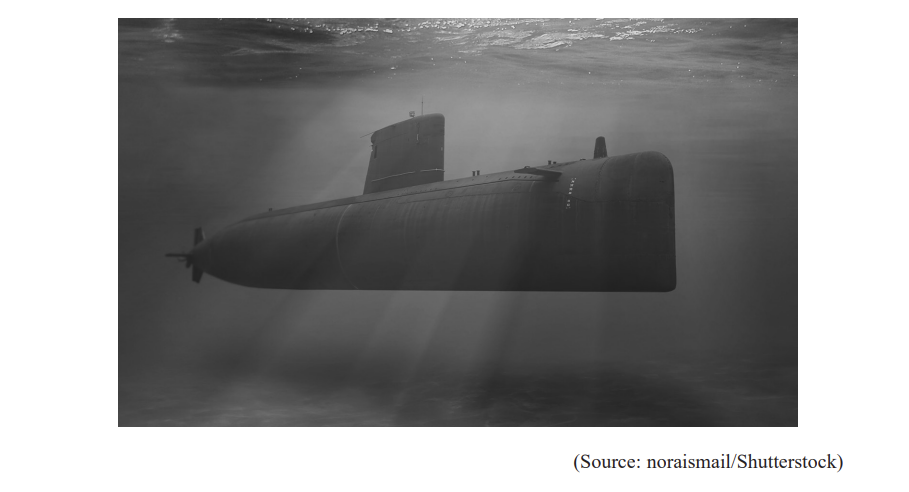The photograph shows a submarine below the surface of the sea.

The submarine has a volume of 5.83 × 103 m3 . The submarine is stationary in a region of the sea where the density of the seawater is 1.03 × 103 kg m−3 .
i) Calculate the upthrust exerted on the submarine by the seawater.
Upthrust = ...............................(2)
ii) Explain why the mass of the submarine must be 6.0 × 106 kg.
(2)
The submarine now moves into a region of the sea where the water is less salty, and the density of the water reduces to 1.01 × 103 kg m−3 .
i) Explain what would happen to the submarine as it moves into this region of lower density seawater.
(3)
ii) The submarine alters its weight by pumping water in or out of its internal tanks.
Determine the mass of water that the submarine should pump, in or out of its tanks, to maintain its depth below the surface of the sea.
Mass of water = ...............................(2)
Did this page help you?

